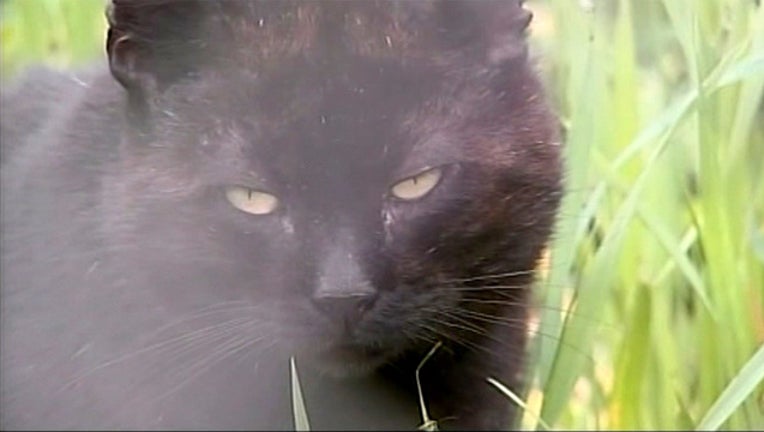Australian officials using poisoned sausages to kill 2 million feral cats by 2020

AUSTRALIA (FOX 13) - The Australian government wants to kill at least two million feral cats by 2020, and they are employing a new, controversial method to accomplish their goal: sausages laced with a toxic chemical.
Frozen poisoned meat is being airdropped all across the outback in an effort to kill as many feral cats as possible. Government officials have said the felines pose a large threat to the country’s natural wildlife. They reported close to 400 million birds and nearly 700 million reptiles are killed by cats each year.
“Feral cats are a real menace and a very significant threat to the health of our ecosystem,” Josh Frydenberg, Australia’s former environment minister, told The New York Times.
Within the first year, an estimated 211, 560 feral cats were killed. The recipe for the sausages, according to The Times, includes kangaroo meat, chicken fat, herbs, spices and a poison called 1080 that is deadly to the feral cats. The Independent reported it takes 15 minutes for a cat to be killed after eating the contaminated sausage.
Nearly half a million sausages are airdropped within a month and about 50 sausages are dropped every square kilometer, reports The Times. Besides the poison, one part of the country even offers a $10-bounty per feral cat scalp turned in.
The cats are not native to the continent. They were first brought to Australia in the 1700s when European settlers first arrived, reports FOX News. The Times reported that the cats may have been the main threat to 22 of the 34 species in Australia that have gone extinct since they first arrived.
The feral cats were declared pests in July 2015.
“Feral cats are a nationally significant pest that threaten our unique native fauna. While recognizing the important role of domestic cats as companion animals, domestic and stray cats may also threaten native fauna,” the Australian National Declaration said, in part. ‘Ministers also agreed that the management of feral cats will be considered a priority in threatened species recovery programs,” the declaration added.

